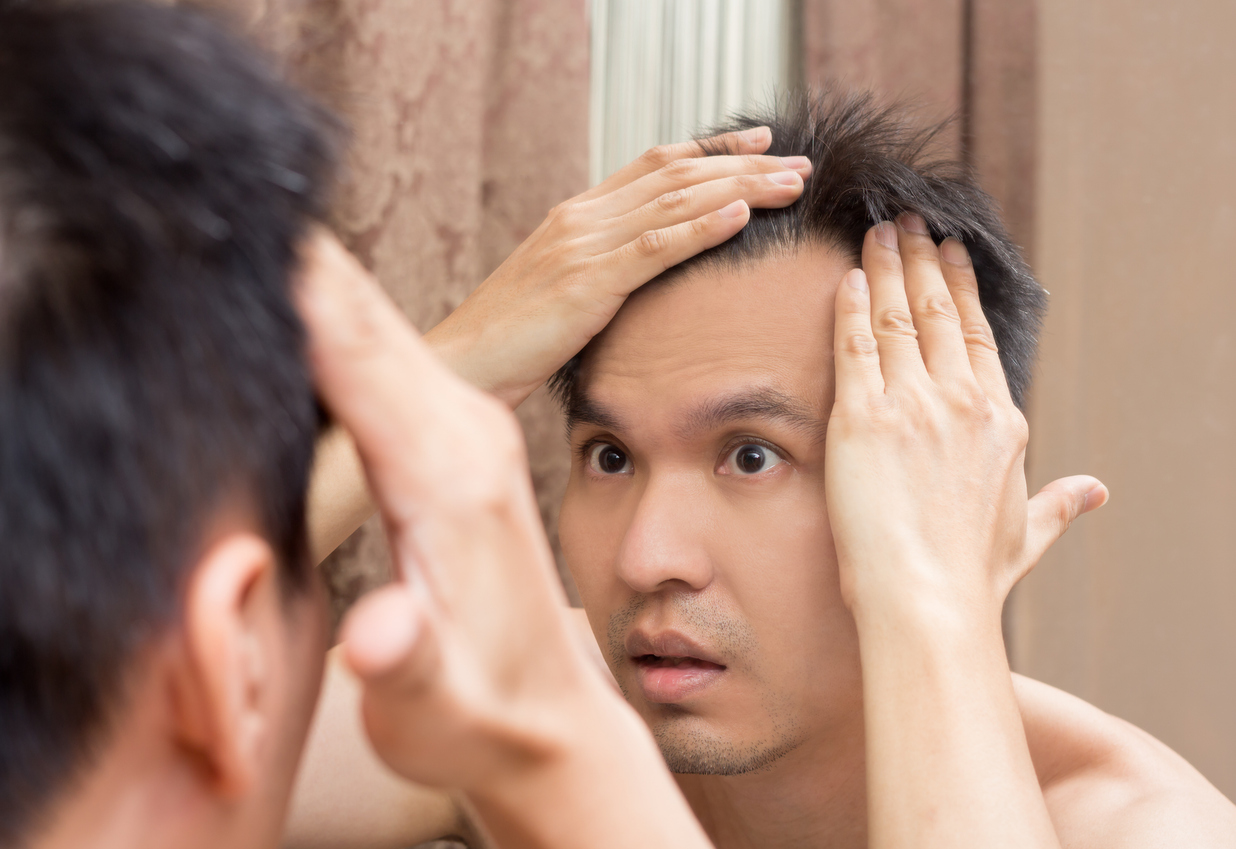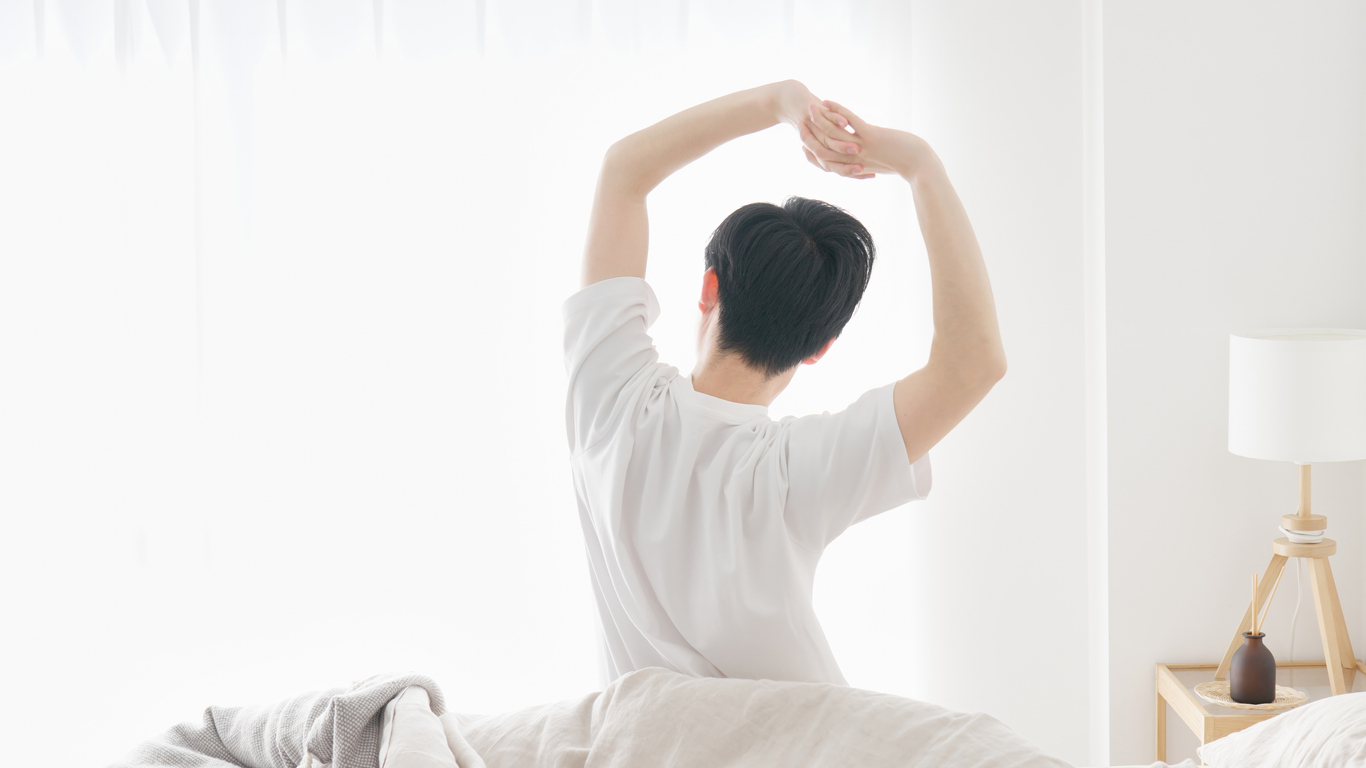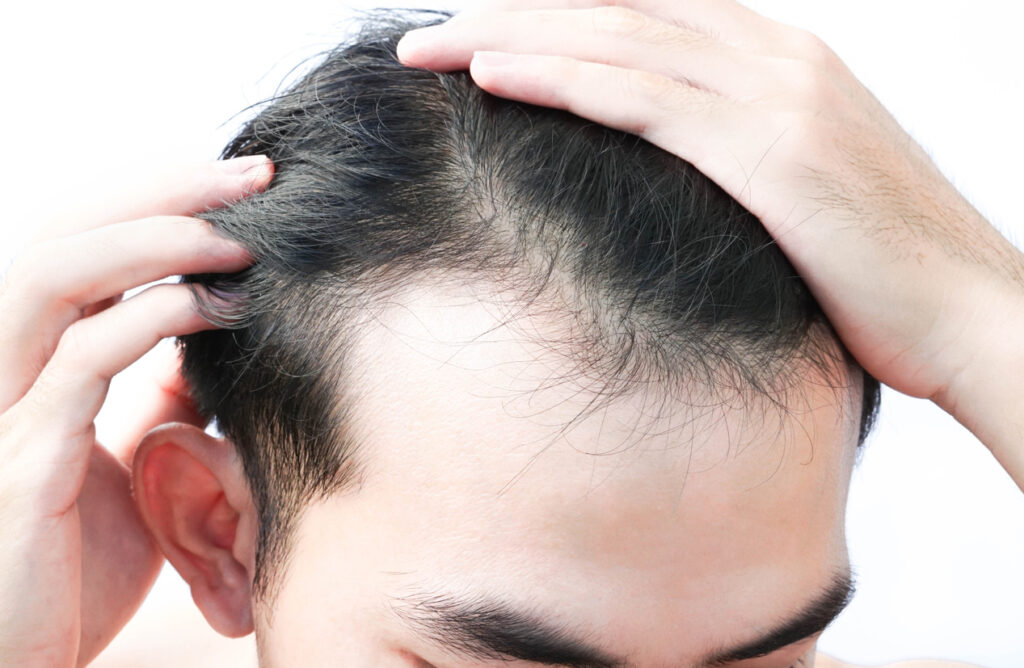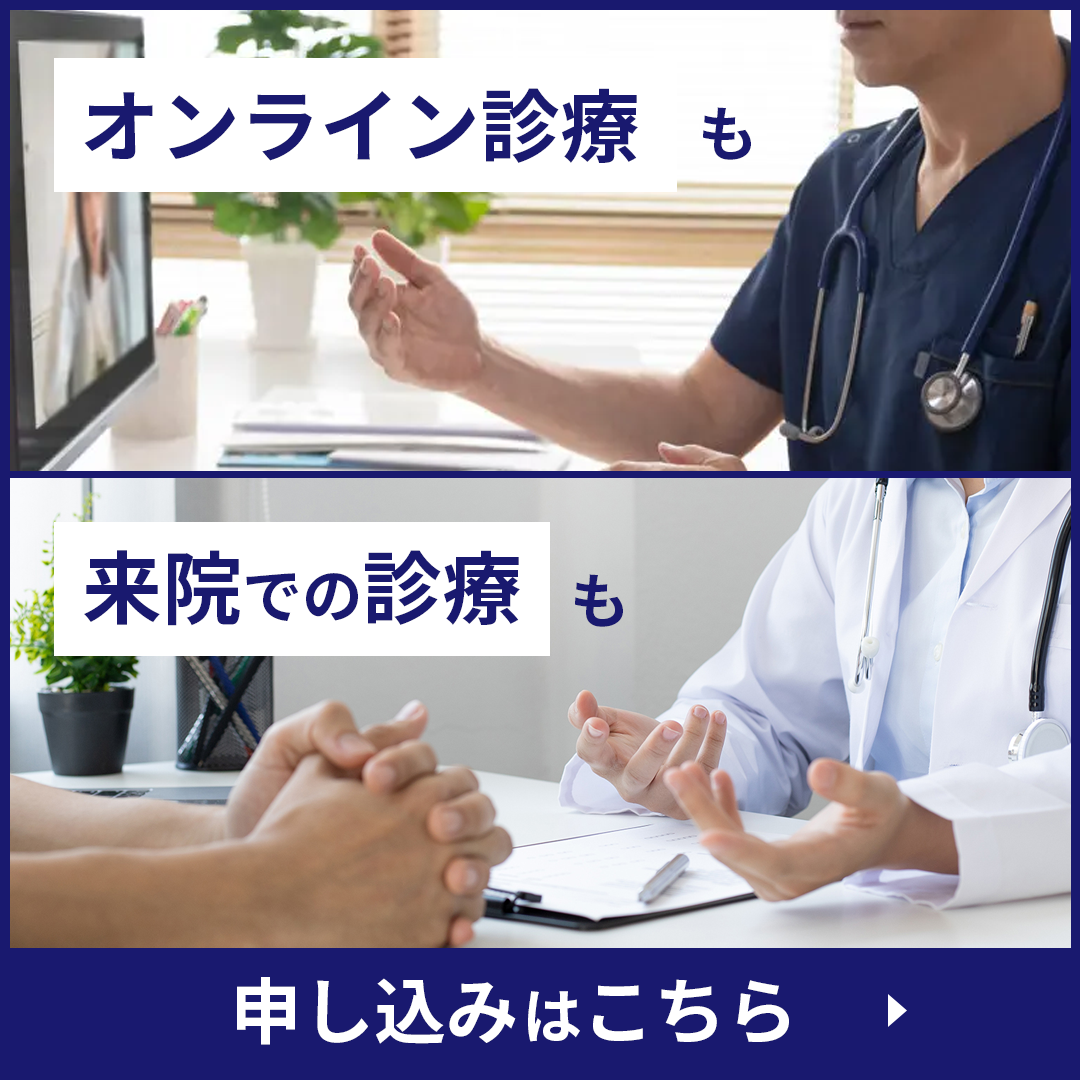Have you ever looked in the mirror and thought, "My forehead seems wider..." or "I can see my scalp through my hair..."?
These could be early signs of hair thinning.
In this article, we will explain the key signs that suggest the start of hair loss in the front hairline area. and effective countermeasures.
If you're hoping to regain your hair and live with more confidence, this guide is for you.
Contents
Signs That Your Hairline Is Starting to Thin

Let's begin by exploring the early signs that your hairline or bangs may be thinning.
Receding Hairline Makes the Forehead Look Larger
If your hairline has receded more than two fingers' width (about 2 cm) from its original position, it may be a sign that thinning has begun.
This often appears as a general backward shift of the entire frontal hairline, or in some cases, as a distinctive "M-shaped" receding pattern known as a widow's peak. As it progresses, your forehead may begin to look noticeably larger.
Visible Scalp Through the Hair
When thinning starts, you may notice that your scalp becomes visible due to a reduction in overall hair volume and the growth of thinner strands.
This visibility is often caused by an increase in hair shedding and a decrease in hair thickness.
Hair Becomes Thinner and Breaks Easily
Thinning hair often results from hairs entering the "regression" or "resting" phase before Thinning hair often results from hairs entering the "regression" or "resting" phase before fully maturing, leading to the growth of weak, fine hairs.
This also contributes to an increase in hair loss.
As hair becomes thinner, it's more likely to break during shampooing or styling.
Noticeably Increased Hair Shedding
It's normal to shed about 50 to 100 hairs per day.
Seeing a few strands fall out during washing, brushing, or styling is not usually a cause for concern.
However, if you start noticing large clumps of hair falling out all at once, it may be a clear indicator that thinning has begun.
Common Causes of Thinning Bangs in Men

Here are the most common causes of thinning bangs in men
- Androgenetic Alopecia (AGA)
- Traction Alopecia
- Poor Blood Circulation in the Scalp
- Scalp Conditions
Let's take a closer look at each cause.
Androgenetic Alopecia (AGA)
Androgenetic alopecia, also known as AGA, is a progressive form of hair loss specific to men.
It typically affects the hairline or the crown of the head and is believed to be associated with a hormone called dihydrotestosterone (DHT).
When DHT levels rise, they inhibit the growth of healthy hair by disrupting the function of the hair follicles.
As a result, the hair growth cycle is disturbed, and thinning becomes increasingly noticeable.
Traction Alopecia
Traction alopecia occurs when repeated pulling or tension on the hair damages the roots, leading to increased hair loss.
Although it's often seen in women who wear hairstyles like ponytails or braids, many men today also wear tied-up hairstyles.
Therefore, this condition is no longer exclusive to women and can also affect men.
Poor Blood Circulation in the Scalp
When blood circulation in the scalp is poor, essential nutrients cannot effectively reach the hair roots.
This lack of nourishment can hinder hair growth, resulting in thinner hair and more frequent hair loss.
Scalp Conditions
Various scalp problems can also contribute to thinning hair.
Examples include:.
- Dry scalp or dermatitis
Conditions like dryness, flaking, itching, or inflammation can worsen the scalp environment, interfering with healthy hair growth. - Seborrheic dermatitis
Caused by excessive sebum production, this condition can lead to an oily scalp, pimples, inflammation, and eczema.
These symptoms may ultimately result in seborrheic alopecia (hair loss due to seborrheic dermatitis).
Hair Loss Solutions for Men with Thinning Bangs

Here are some recommended solutions for men experiencing thinning bangs.
You don't have to do everything at once-start with small, manageable changes.
Improve Your Lifestyle Habits: Sleep, Diet, and Exercise
Poor lifestyle habits can significantly affect hair loss.
Take time to reassess your daily routines and gradually make improvements.
Get enough sleep
The hormones necessary for hair growth are primarily secreted during the first few hours of sleep.
These hormones circulate throughout the body over time, so aim for at least 5 to 6 hours of quality sleep.
Maintain a balanced diet
Consuming foods that are rich in the nutrients essential for hair growth can be very effective.
| Role in Hair Health | Key Nutrients | Common Food Sources |
| Promotes hair growth | Protein | Meat, fish, eggs, soy products |
| Improves blood flow and scalp condition | Vitamins | Pork, liver, leafy green vegetables, soy |
| Assists in keratin production | Zinc (Mineral) | Oysters, seafood, liver, dried sardines |
| Provides raw materials for keratin | Amino Acids | Meat, fish, eggs, dairy products, soy |
Note: Keratin is a major component of hair that contributes to its strength and elasticity.
Engage in regular physical activity
Nutrients required for hair growth are delivered through blood circulation.
Doing aerobic exercises can improve blood flow to the scalp, ensuring better nutrient delivery.
Even simple activities like radio calisthenics can be effective and done at home during short breaks.
Avoid excessive drinking and smoking
Too much alcohol and tobacco can impair blood circulation and reduce the delivery of nutrients to the scalp.
Heavy drinking also reduces sleep quality, further suppressing hormone secretion.
If these habits apply to you, consider taking alcohol-free days or reducing the number of cigarettes you smoke.
Choose Hairstyles That Minimize the Appearance of Hair Loss
Consider cutting your hair short or using styling products to create more volume-these are effective ways to make thinning hair less noticeable.
However, be cautious about perms. While they may add volume temporarily, they can cause significant damage to your already delicate hair.
There are many shampoos and hair tonics on the market claiming to promote hair growth. However, only a limited number truly deliver noticeable results.
In fact, some ingredients may even irritate your scalp or worsen your condition. In fact, some ingredients may even irritate your scalp or worsen your condition.
Consult a Specialist
If you're concerned about thinning hair, especially at the front, consulting a doctor who specializes in AGA or hair loss should be a top hair loss should be a top priority.
It's difficult to determine whether your hair loss is caused by AGA or something else on your own. Taking the wrong actions can even It is difficult to determine whether your hair loss is caused by AGA or something else on your own.
To prevent this, see a specialist to identify the cause and receive the appropriate treatment.
If You Feel Your Hairline Is Receding, Consult Men's Pride Clinic MITA TOKYO
If you feel like your bangs are thinning or your hairline is receding, Men's Pride Clinic MITA TOKYO specializes in treating male-specific Men's Pride Clinic MITA TOKYO specializes in treating male-specific concerns such as AGA (androgenetic alopecia) and ED.
We offer private consultation rooms, ensuring that even those who find it hard to talk about such issues can feel comfortable seeking help.
Moreover, for those who feel embarrassed to visit a clinic in person or are simply too busy, we provide fully remote consultations and online In addition, for those who feel embarrassed to visit a clinic in person or are simply too busy, we provide fully remote consultations and online prescriptions, so you can receive treatment from the comfort of your home.
Conclusion
When your bangs start thinning or your hairline begins to recede, it's not uncommon to feel anxious about going out in public or being seen by others.
While there are things you can do on your own to help, unless you identify the underlying cause and take the proper steps, it's difficult to While there are things you can do on your own to help, unless you identify the underlying cause and take the proper steps, it's difficult to stop the progression.
If you're experiencing concerns about thinning hair, don't hesitate to reach out to Men's Pride Clinic MITA TOKYO.
Our experienced specialists, focused on male-specific concerns, are here to listen and support you in regaining your confidence.


